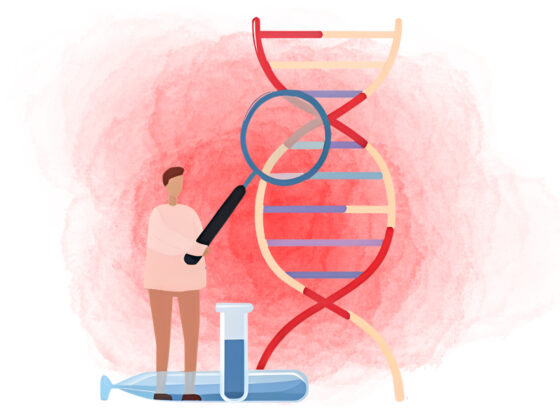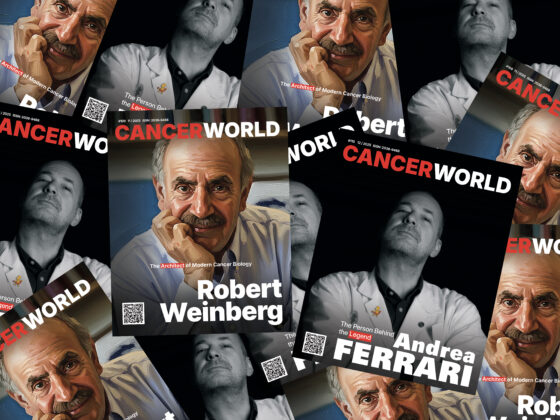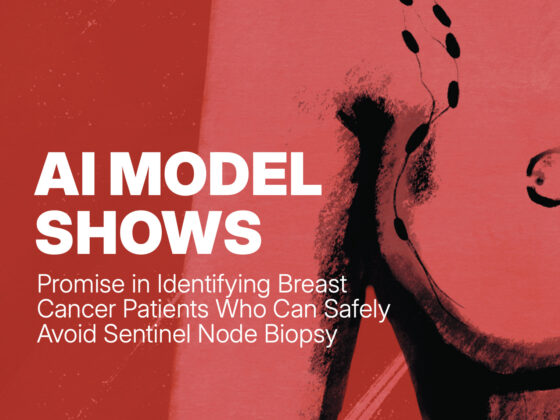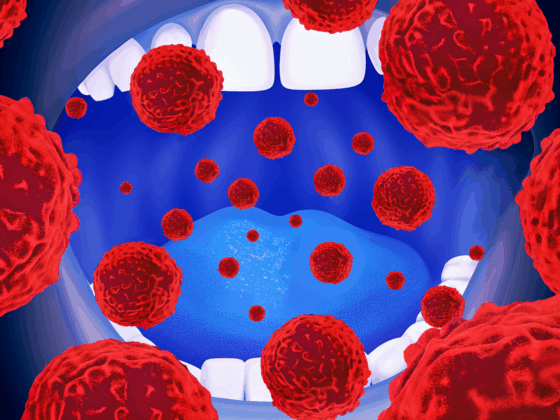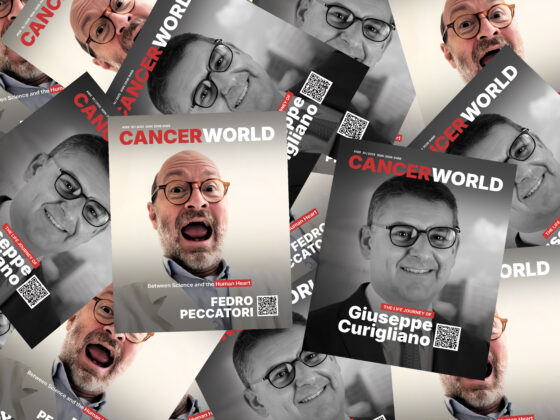Cancer patients who enter a smoking cessation programme within six months of receiving a diagnosis, and quit within three months after programme entry, experience a 26% reduction in mortality versus those who continue smoking. The study, published in in JAMA Oncology, October 31, found that those who quit live an average of 1.8 years longer. The benefit was reduced to 1.2 years longer for patients who entered the programme between six months and five years after the diagnosis, and there was no survival benefit for those entering the programme after five years.
“Our study shows that the further out you get from cancer diagnosis to quitting tobacco the less beneficial impact you’ll have on survival,” Paul Cinciripini, the principal investigator of the study, tells Cancerworld. “This [research] is a call to action for experts, regulatory bodies, and institutions to prioritise smoking cessation as an integral part of first-line cancer care.”
Although smoking cessation as part of cancer care is advocated by most large cancer organisations, many oncologists do not regularly assist patients with quitting. “While the majority of oncologists and primary care physicians ask about smoking as part of the initial visit, the infrastructure is often just not there to support a comprehensive approach to smoking cessation, and there can be lack of follow-up on patients,” says Cinciripini, Executive Director of the Tobacco Research and Treatment Program (TRTP) at the University of Texas MD Anderson Cancer Center. Patients, he adds, benefit most from being enrolled in comprehensive smoking cessation programmes that provide counselling and pharmacotherapy tailored to individual patient needs, with adequate follow-up.
Since 2006, TRTP at MD Anderson has provided such a comprehensive programme, with a structured, evidence-based smoking cessation intervention for cancer patients. The programme is noteworthy in being provided free to patients.
In a study published in JAMA Open Network in 2019, Cinciripini and colleagues showed that, for those taking part in the TRTP programme, the abstinence rates achieved by current smokers who were cancer patients and cancer survivors were no different from those achieved by smokers who had no history of cancer (~40% in all cases). The programme provided the investigators with a unique opportunity to assess the effects of time lag between diagnosis and entering the smoking cessation programme on overall survival.
For the current prospective cohort study, Cinciripini and colleagues followed 4,526 patients who were active smokers when diagnosed with cancer and subsequently enrolled in TRTP. The treatment intervention consisted of between six and eight personalised counselling visits and 10 to 12 weeks of pharmacotherapy. Medications included nicotine replacement therapy (patches, gum, and lozenges), bupropion (an antidepressant approved for use as an aid in smoking cessation), and varenicline (a selective nicotine-receptor partial agonist), either as monotherapies or in various combinations. More than 95% of visits were provided via telemedicine. Patients were excluded from the study if they died before tobacco treatment ended, received their diagnosis more than six months after beginning cessation treatment, or lacked staging information.
To evaluate time-dependent survival outcomes associated with smoking cessation after diagnosis, the investigators analysed three separate subgroups based on the time between diagnosis and entry into the TRTP: within six months of diagnosis, between six months and five years of diagnosis, and more than five years following diagnosis. “At each of these time points we evaluated survival for patients who achieved quitting smoking versus the group who didn’t quit smoking. The design did not take into consideration whether patients were able to quit later down the line or started smoking again,” explains Cinciripini. “The study provides a snapshot that enables us to understand at any given point in time the advantage of abstaining from smoking versus not abstaining on long-term survival.”
Additionally, the team evaluated the association between survival and the achievement of seven-day point abstinence assessed at follow-up visits scheduled at three-, six- and nine-months following tobacco treatment onset.
Among the patients who were analysed, 2,254 (49.8%) were female, and the median age was 55 years. Most patients were diagnosed with breast cancer (n=790; 17.5%), lung cancer (n=782; 17.3%), head and neck cancer (n=587; 13.0%), or haematologic cancers (n=375; 8.3%).
For patients entering the TRTP within six months of diagnosis, abstinence versus non abstinence at three months was associated with improved survival at five years (71% vs 61%, P<0.001) and 10 years (58% vs 52%, P<0.001), with continued benefits observed through 15 years.
A similar association was observed among patients who entered the TRTP between six months and five years from diagnosis – the 10-year survival from TRTP entry for abstainers was 67% versus 59% for nonabstainers (P=0.004). No significant association with survival was noted for patients entering the TRTP more than five years after diagnosis, with 10-year survival from TRTP for abstainers being 91% versus 90% for nonabstainers (P=0.99).
The optimal survival outcomes were observed for patients who received tobacco treatment within six months of a cancer diagnosis. At the 75th percentile (defined as the time when 75% of patients survived), survival was 3.9 years for abstainers (95%CI 3.2–4.6) versus 2.1 years for nonabstainers (95%CI 1.8–2.4), demonstrating an increase of 1.8 years.
Less pronounced outcomes were noted when tobacco treatment began between six months and five years following diagnosis, with survival at the 75th percentile at 6.0 years (95%CI 5.1–7.2) for abstainers versus 4.8 years (95%CI 4.3–5.3) for nonabstainers, demonstrating an increase of 1.2 years.
Results showed that survival over 15 years increased for those quitting smoking at three months, with an adjusted hazard ratio (aHR) of 0.75 (95%CI 0.67–0.83); for those quitting at six months the aHR was 0.79 (95%CI 0.71–0.88); at nine months the aHR was 0.85 (95%CI 0.76–0.95) versus those who had not quit at these time points.
“The results of this study suggest that early entry into tobacco treatment is associated with the best survival outcomes and justifies the need to prioritise tobacco cessation as a core element of first-line cancer care,” conclude the authors.
Stopping smoking, says Cinciripini, delivers multiple advantages for cancer patients. “It reduces the probability of getting a recurrence or second primary tumour, it improves the effectiveness of medications, reduces the possibility of side effects, and allows surgical wounds to heal faster. Patients also need to understand that, in addition to living longer, their quality of life for their remaining years is likely to be improved if they quit. They are likely to be healthier in other respects and experience an improved mood (due to less symptoms of negative mood that often accompany difficulty quitting),” he says
In future studies, Cinciripini and colleagues hope to provide additional evidence for the benefits of establishing a comprehensive programme. Even if oncologists do not have access to a comprehensive service, Cinciripini believes that much can be done to support cancer patients in quitting smoking. “Even small practices can train staff to be smoking cessation specialists and give them time to attend conferences to learn about quitting,” he says.
The International Agency for Research on Cancer (IARC) is holding a live webinar ‘Perspectives on Smoking Cessation and Cancer: Quitting Smoking After a Cancer Diagnosis and Emerging Evidence on Vaping as a Smoking Cessation Strategy’ on 12 December 2024 at 16:00 CET. Click here for more information.



